As we age, it’s common to experience aches and pains in various parts of our body, including our knees. Whether it’s from years of wear and tear, arthritis, or other underlying conditions, knee pain can be a frustrating and debilitating issue for many older adults. In this blog post, we’ll explore why your knees hurt more the older you get and what you can do to find relief and improve your overall knee health.
Understanding the Basics of Knee Anatomy
Before we dive into the reasons behind knee pain in older adults, let’s first take a look at the basic anatomy of the knee. The knee joint is one of the largest and most complex joints in the body, consisting of three main bones: the femur (thigh bone), tibia (shin bone), and patella (kneecap). These bones are connected by ligaments, tendons, and cartilage, which help to stabilize the joint and facilitate smooth movement.
The knee is also lined with a layer of soft tissue called synovium, which produces synovial fluid to lubricate the joint and reduce friction between the bones. However, over time, the natural wear and tear of the knee joint can lead to changes in the structure and function of the joint, resulting in pain and stiffness.
Common Causes of Knee Pain in Older Adults
Several factors can contribute to knee pain in older adults, including:
- Osteoarthritis: Osteoarthritis is the most common form of arthritis that affects the knee joint. It occurs when the protective cartilage that cushions the ends of the bones wears down over time, leading to pain, swelling, and stiffness in the joint. Osteoarthritis is more common in older adults due to the natural aging process and the cumulative effects of overuse and injury on the knee joint.
- Meniscus tears: The meniscus is a piece of cartilage that acts as a cushion between the femur and tibia. As we age, the meniscus can become more prone to tears or degeneration, leading to pain, swelling, and instability in the knee joint. Meniscus tears are often caused by sudden twisting or turning motions, but they can also occur as a result of degenerative changes in the knee over time.
- Patellar tendinitis: Patellar tendinitis, also known as jumper’s knee, is a common overuse injury that affects the patellar tendon, which connects the patella to the tibia. It typically occurs in older adults who participate in sports or activities that involve repetitive jumping or running. Patellar tendinitis can cause pain and inflammation in the knee, especially with activities that put a strain on the tendon.
- Bursitis: Bursitis is the inflammation of the bursae, small fluid-filled sacs that cushion and lubricate the knee joint. As we age, the bursae can become irritated or inflamed due to overuse, injury, or repetitive movements. Bursitis can cause pain and swelling in the knee, particularly with activities that put pressure on the affected bursa.
- Rheumatoid arthritis: Rheumatoid arthritis is a chronic autoimmune disease that affects the joints, including the knees. It occurs when the immune system mistakenly attacks the synovium, leading to inflammation and damage to the joint. Rheumatoid arthritis can cause pain, swelling, and stiffness in the knee, as well as deformity and loss of function over time.

Managing Knee Pain in Older Adults
While knee pain can be a common issue for many older adults, there are several strategies you can use to manage your symptoms and improve your knee health. Here are some tips to help you find relief from knee pain:
- Stay active: Regular exercise is essential for maintaining strong and healthy knees. Low-impact activities such as walking, swimming, and cycling can help to improve joint mobility, strengthen the muscles around the knee, and reduce inflammation. It’s important to listen to your body and avoid activities that aggravate your knee pain.
- Maintain a healthy weight: Carrying excess weight puts added stress on the knee joints, increasing the risk of osteoarthritis and other knee problems. By maintaining a healthy weight through a balanced diet and regular exercise, you can reduce strain on the knees and improve overall joint health.
- Use proper footwear: Wearing supportive and cushioned shoes can help to reduce the impact on your knees during daily activities and exercise. Choose shoes that provide good arch support and shock absorption to protect your knees from excessive pressure and strain.
- Practice good posture: Poor posture can put added stress on the knees and contribute to knee pain. Be mindful of your posture throughout the day, especially when sitting or standing for long periods. Sit with your feet flat on the floor, and avoid crossing your legs or slouching to maintain proper alignment of the spine and knees.
- Try physical therapy: Physical therapy can be a valuable tool for managing knee pain and improving joint function. A physical therapist can create a personalized exercise program to strengthen the muscles around the knee, improve flexibility, and reduce pain and stiffness. They can also teach you how to perform exercises safely and effectively to prevent further injury.
- Consider pain management options: If conservative treatments are not providing relief from your knee pain, you may need to consider pain management options such as over-the-counter or prescription medications, corticosteroid injections, or other medical interventions. Talk to your doctor to discuss the best treatment plan for your specific needs.
In Summary
Knee pain is a common issue that many older adults face as they age. Whether it’s due to osteoarthritis, meniscus tears, or other underlying conditions, knee pain can have a significant impact on your quality of life and ability to stay active. By understanding the factors that contribute to knee pain in older adults and implementing strategies to manage your symptoms, you can improve your knee health and maintain a healthy and active lifestyle. Remember to listen to your body, practice good self-care, and seek support from healthcare professionals to address your knee pain effectively.


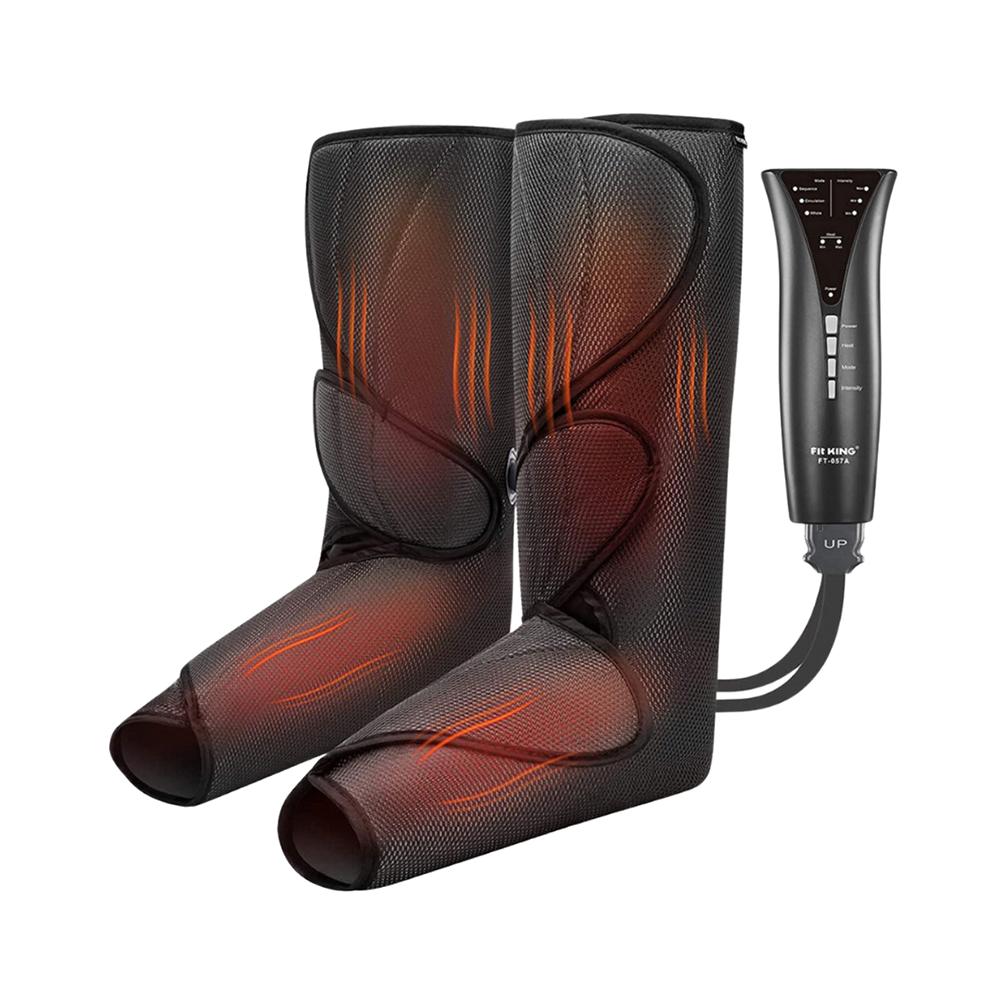
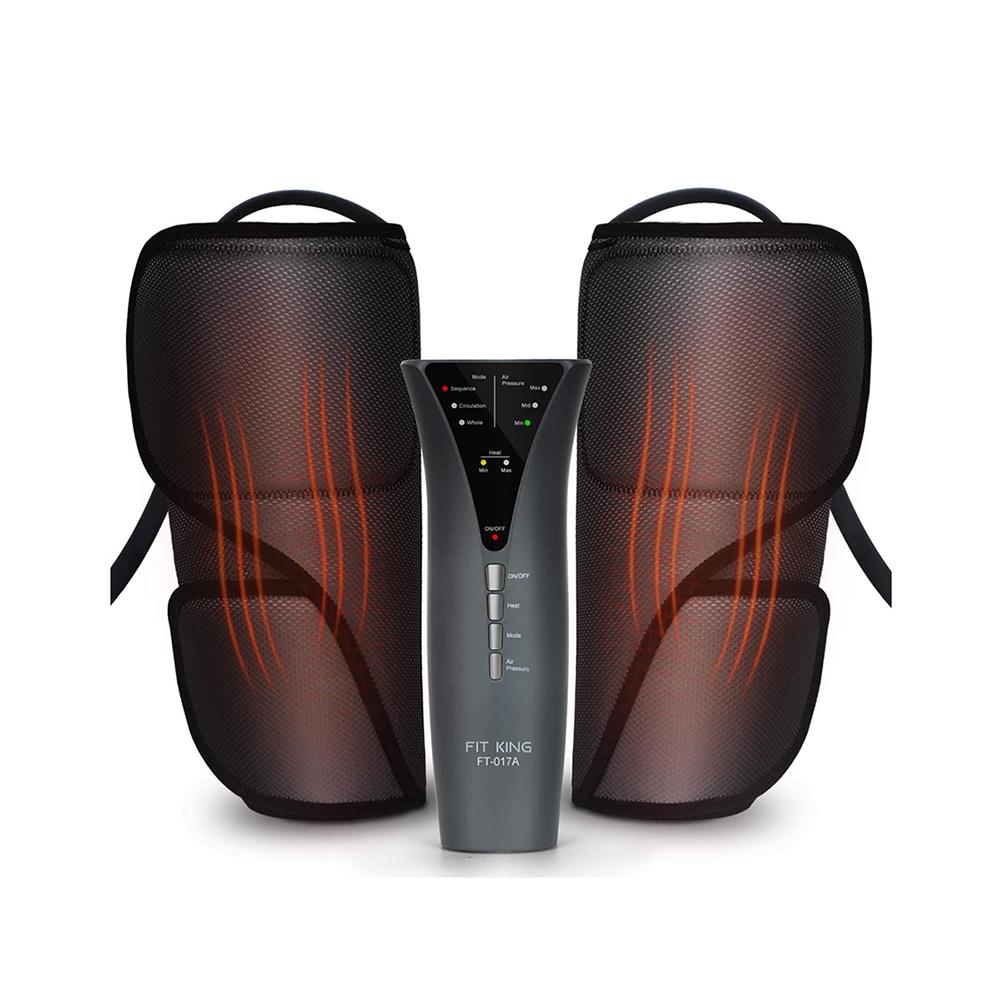
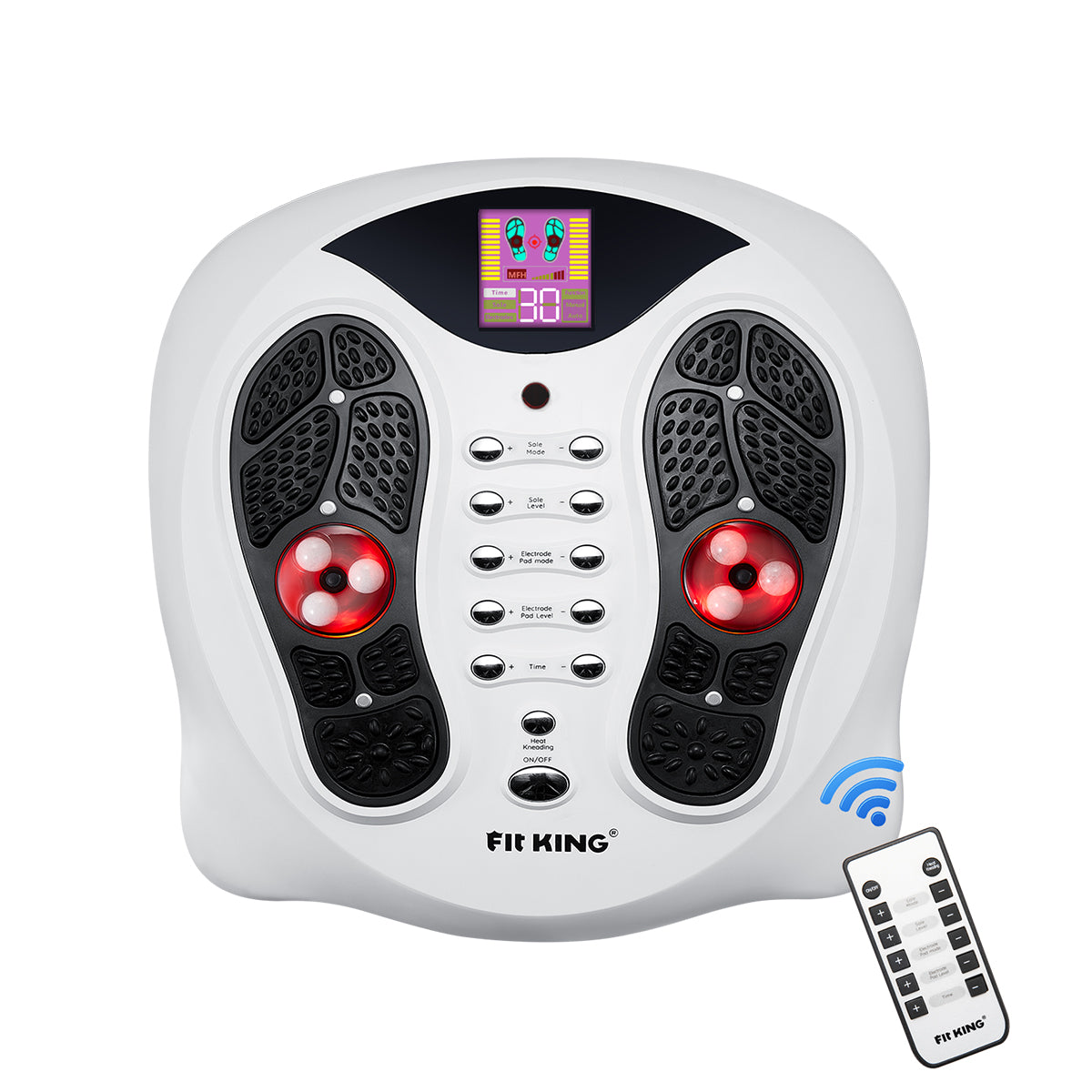
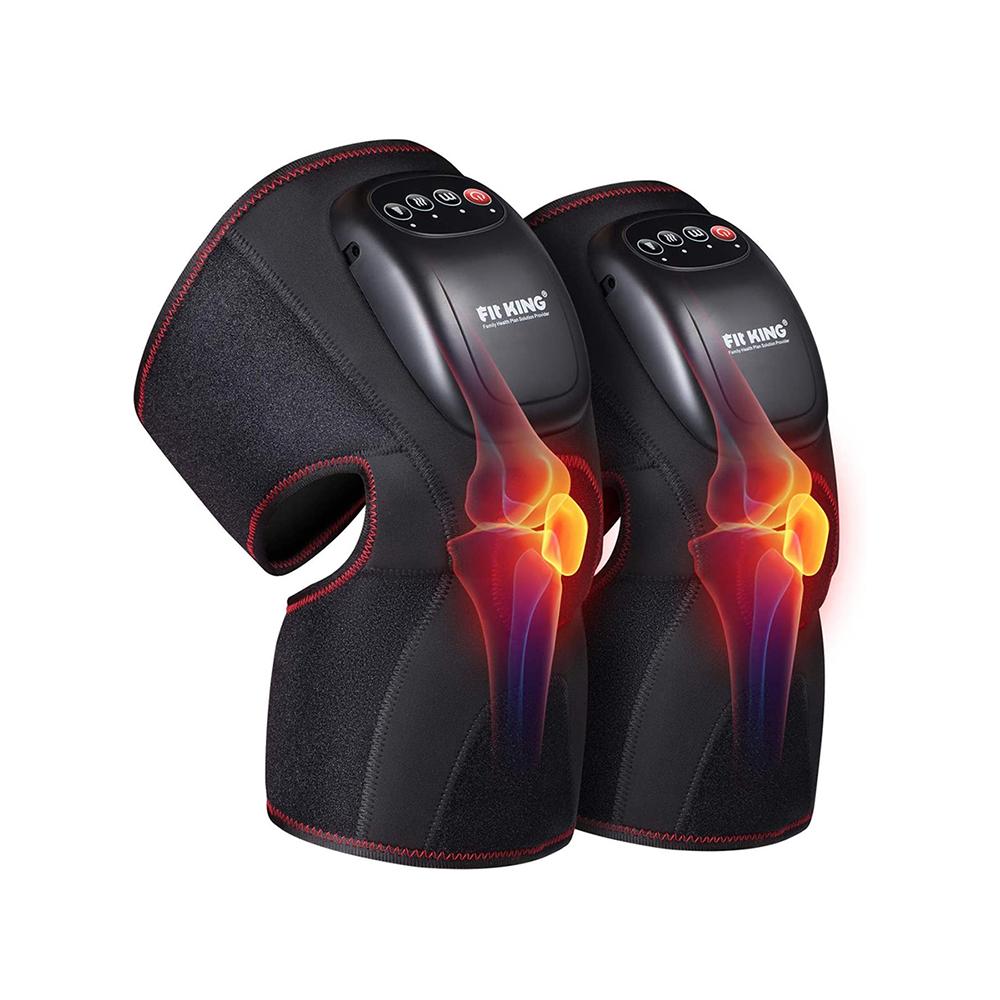
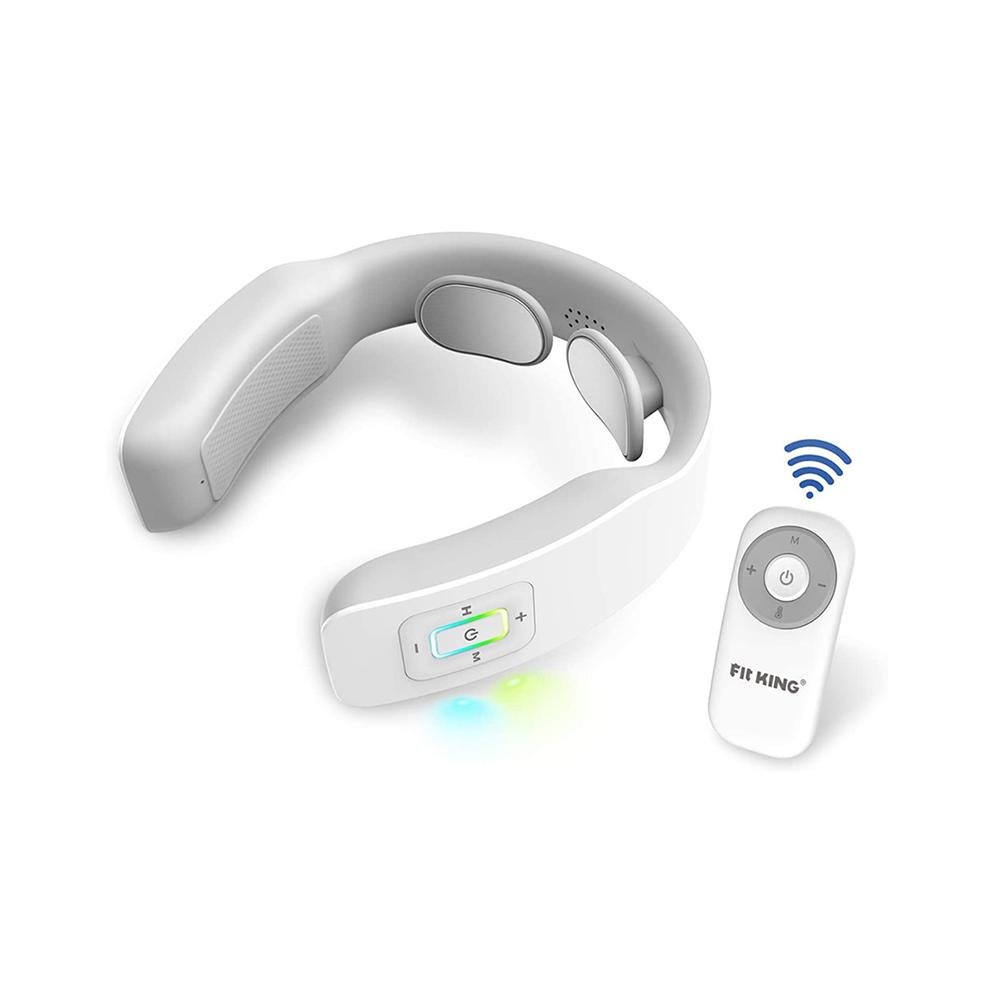




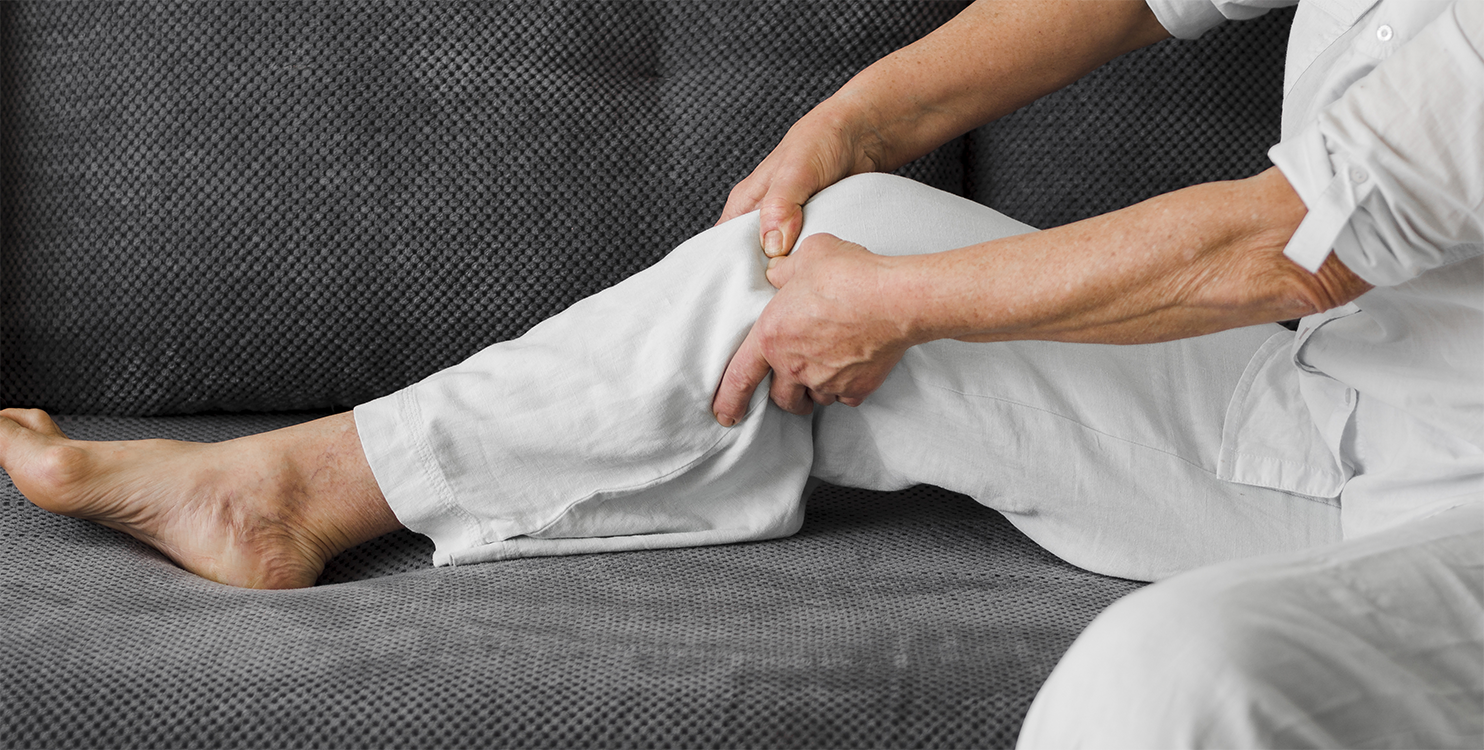
Leave a comment
This site is protected by hCaptcha and the hCaptcha Privacy Policy and Terms of Service apply.